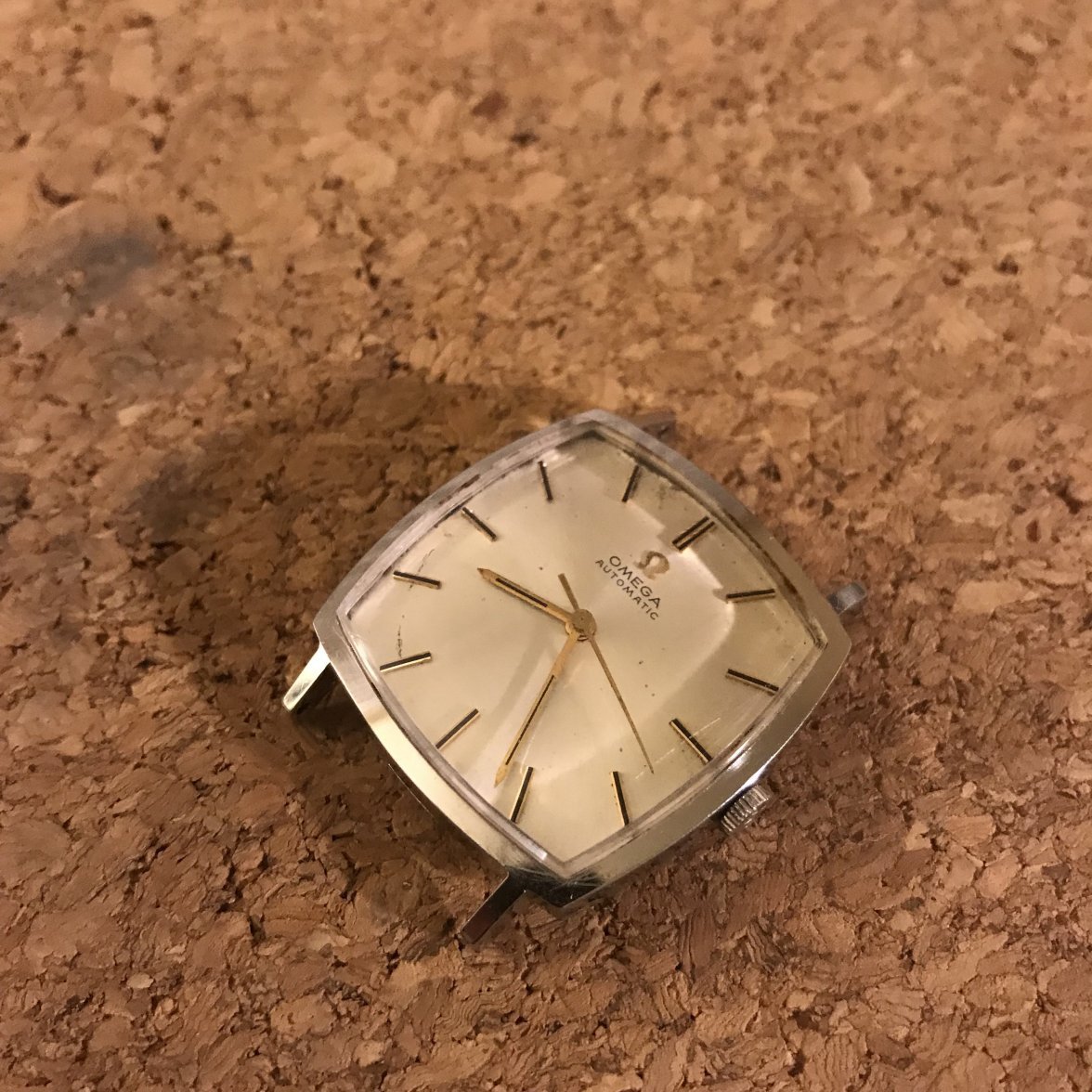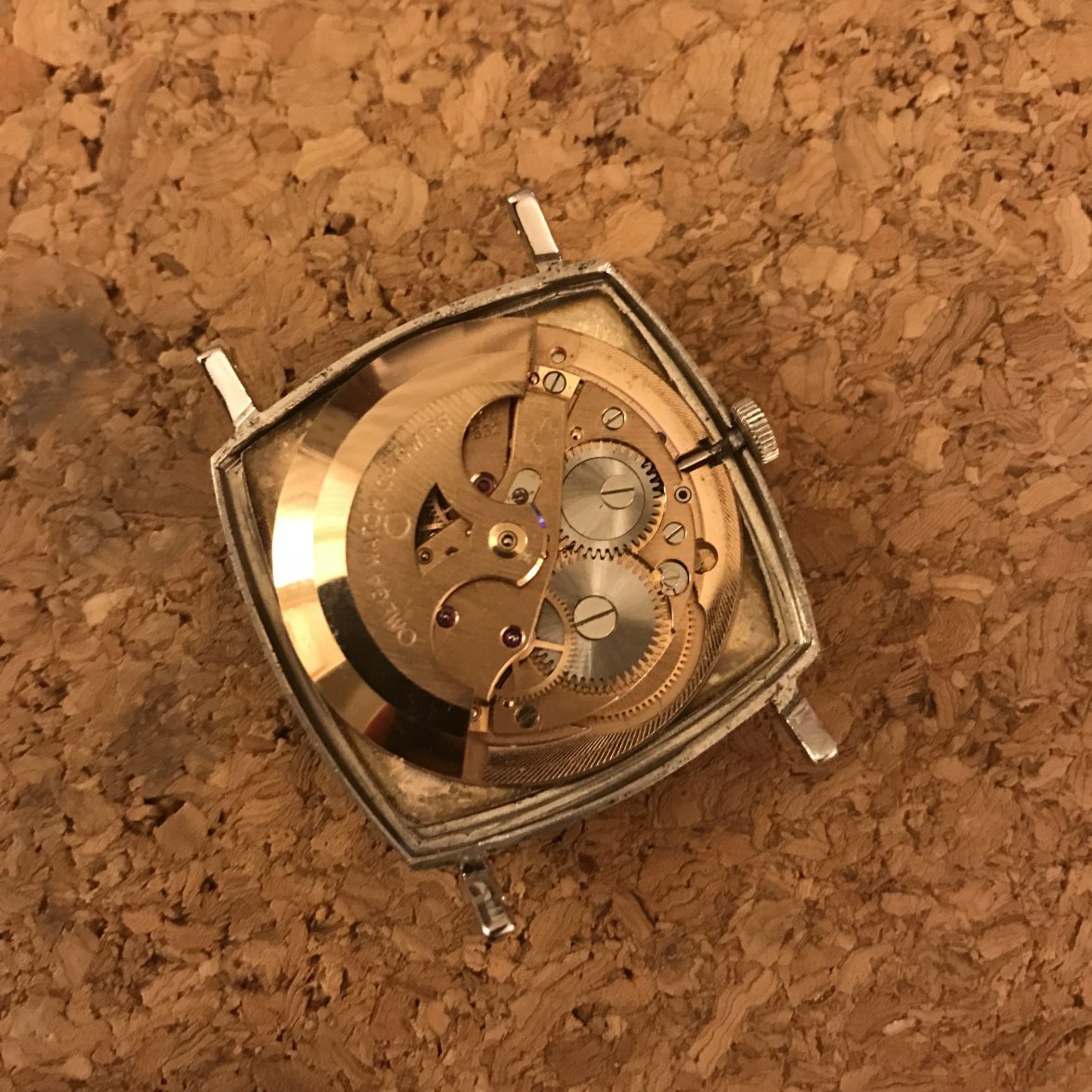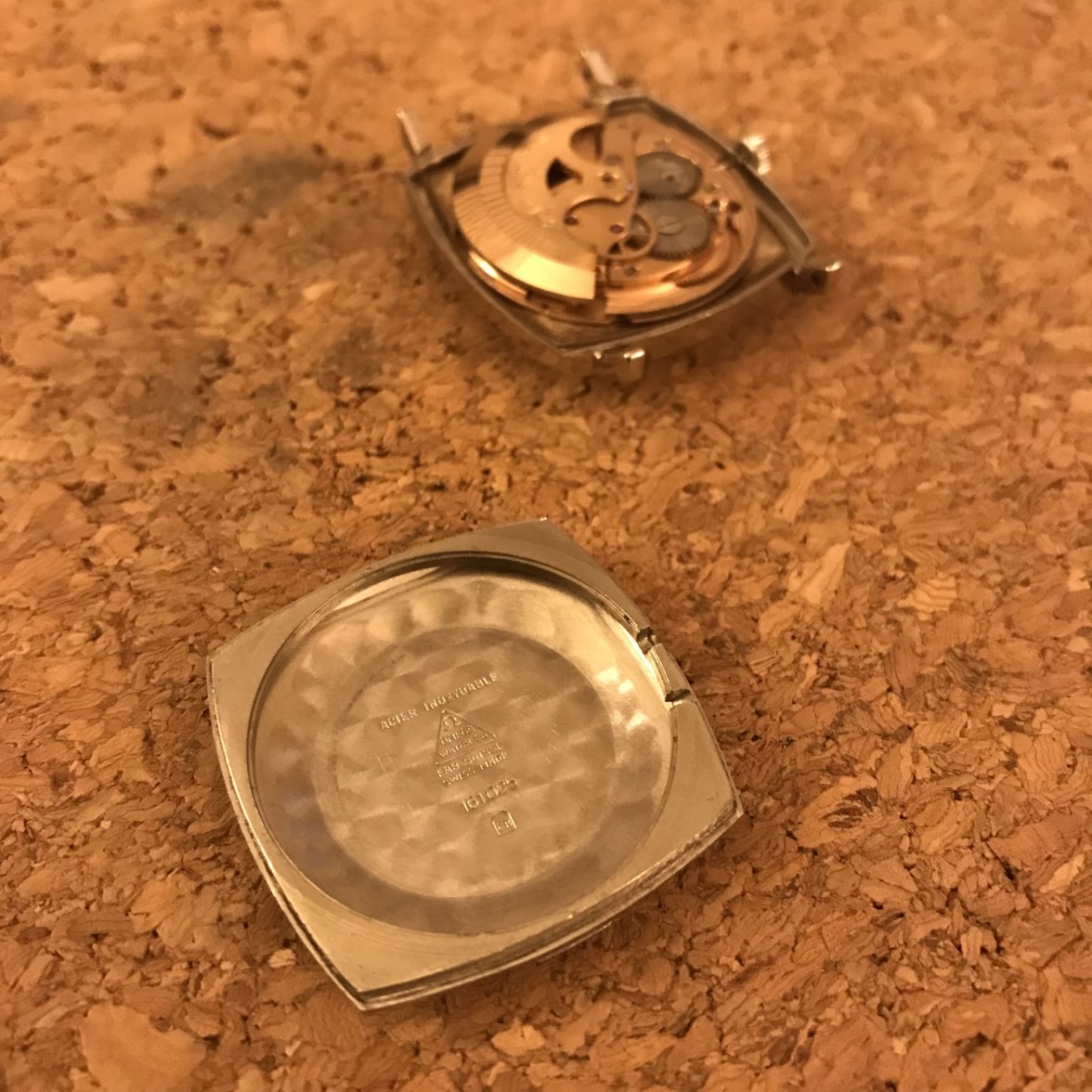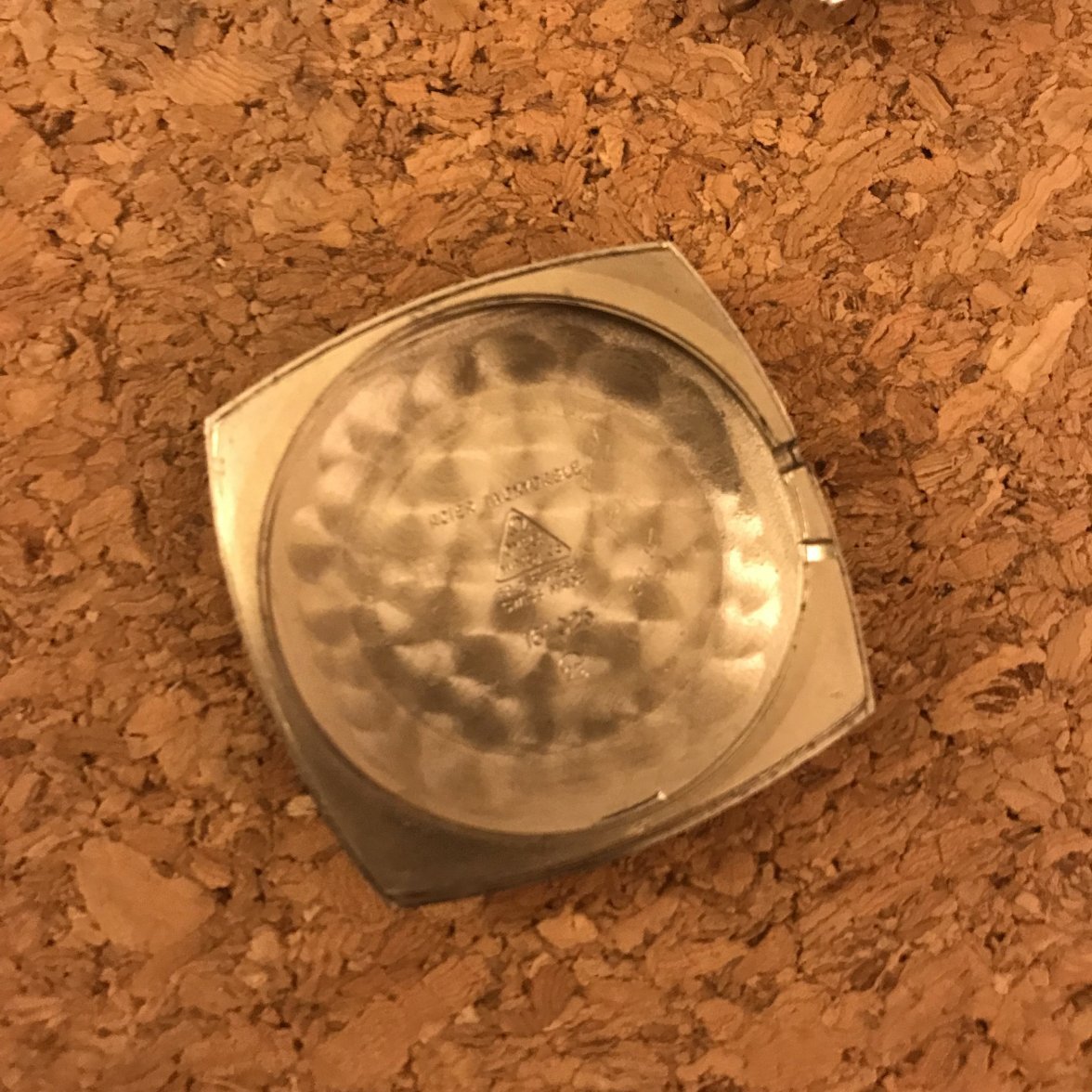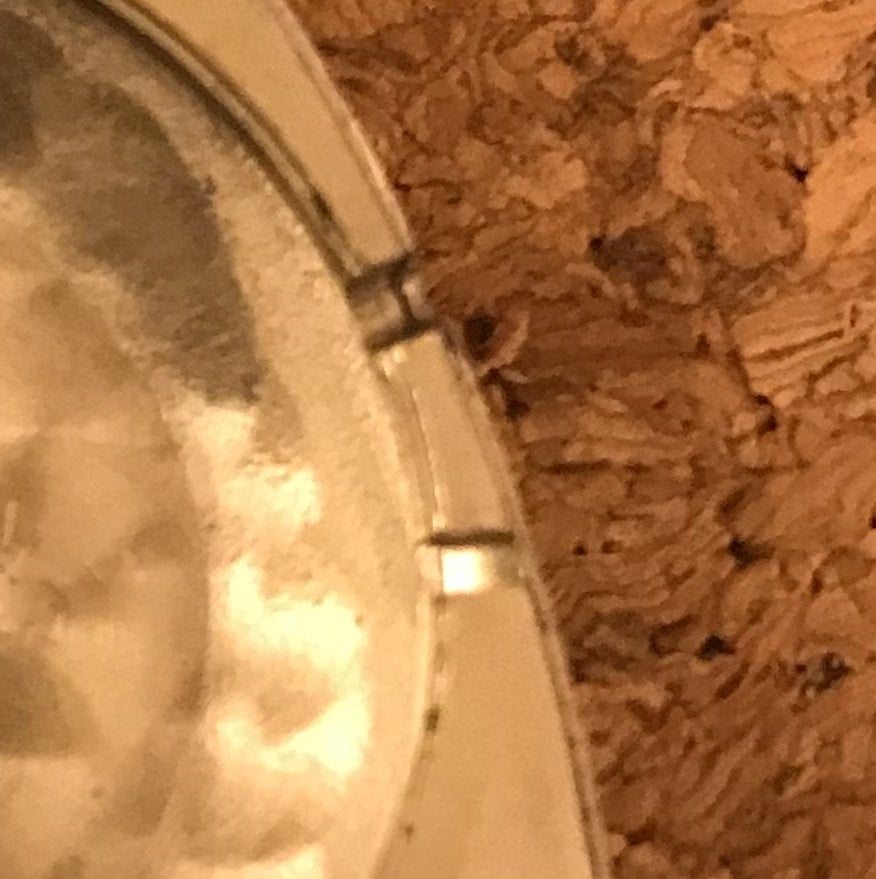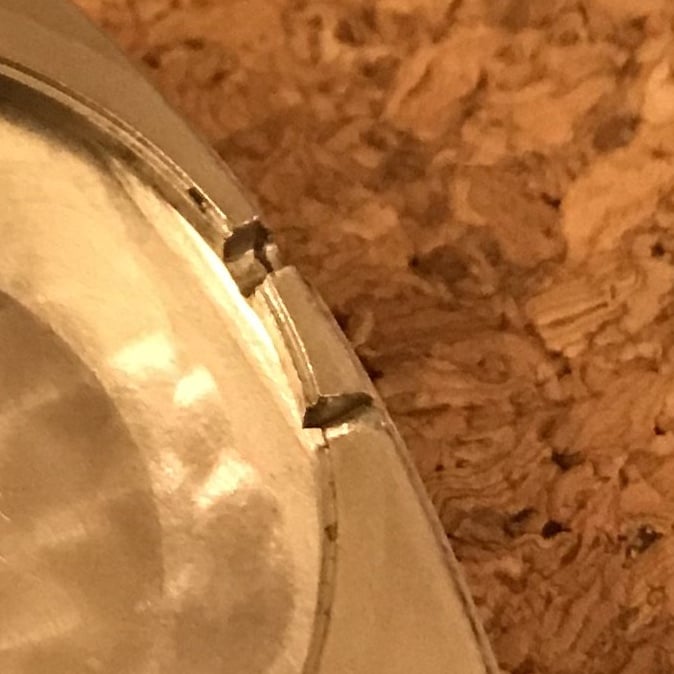G4_Chrono
·Hello, I am looking for some help please . .
I have this cal.552 powered '161.025'. No model name on the dial. I bought it a while ago as a potential donor movement, but my wife likes it and would like to wear it instead.
However - the movement is loose in the case and, together with the dial and hands, knocks back and forth and can stop when the rotor catches inside the case I think.
Any idea if there is a gasket or similar that should be there or what a fix may be please?
Any other info about the watch also appreciated.
Thanks in advance.
(photos below)
I have this cal.552 powered '161.025'. No model name on the dial. I bought it a while ago as a potential donor movement, but my wife likes it and would like to wear it instead.
However - the movement is loose in the case and, together with the dial and hands, knocks back and forth and can stop when the rotor catches inside the case I think.
Any idea if there is a gasket or similar that should be there or what a fix may be please?
Any other info about the watch also appreciated.
Thanks in advance.
(photos below)
